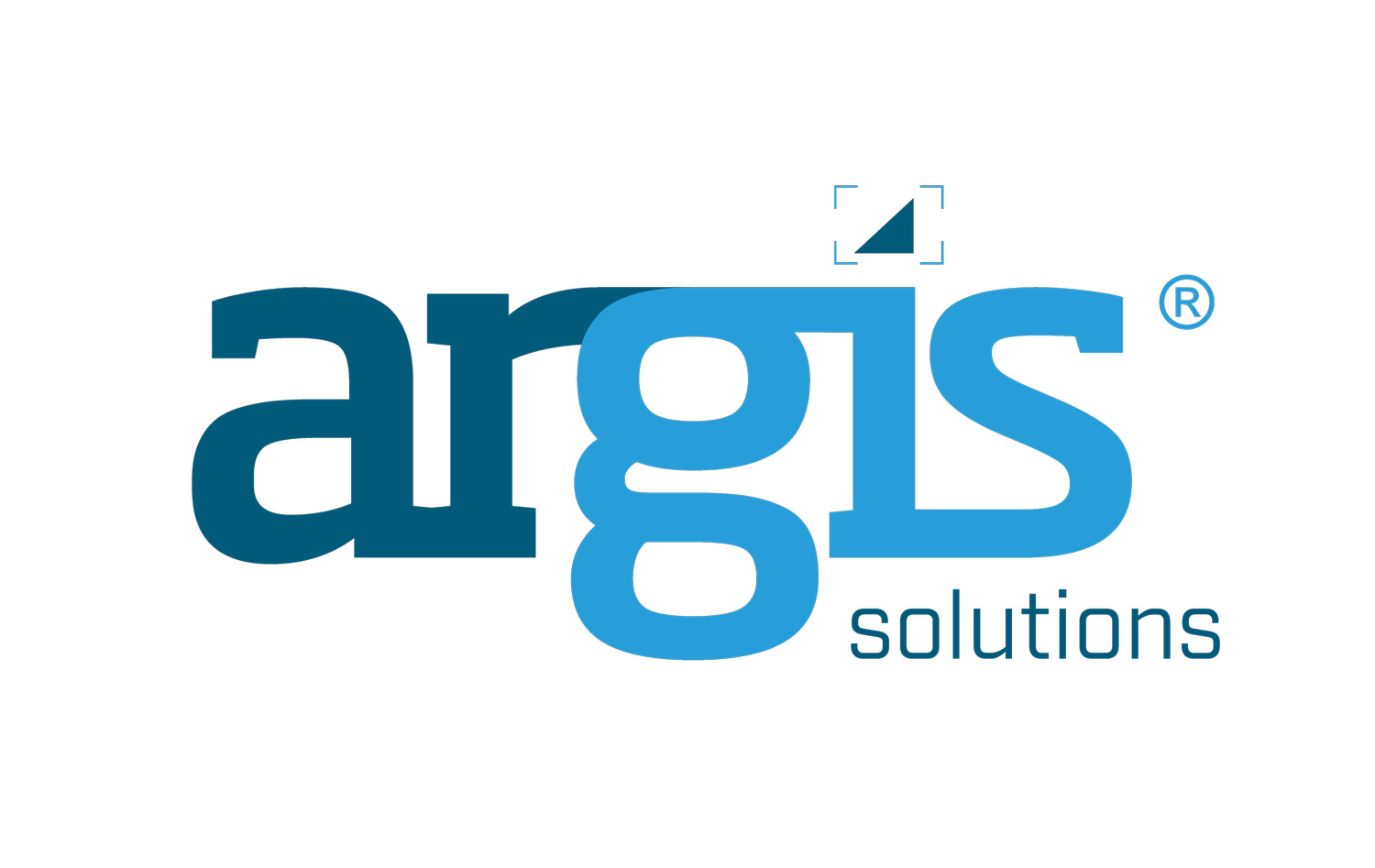Prepare Your Data for NG911: 5 Best Practices
A checklist of recommendations from a GIS developer with a background in emergency management
Before I moved into tech, I worked in emergency response. I’ve raced down dark, rural roads with a GPS that said “you’ve arrived”— only to be staring at an empty field. I’ve felt the frustration of trying to find a house with missing or nonsensical address data while someone was desperately waiting for help.
That’s why Next Generation 911 (NG911) matters. It’s also why it’s not just about fancy call-routing systems or IP-based infrastructure. NG911 is only as good as the data behind it.
The following recommendations outline several best practices for preparing GIS data for NG911. These are practical actions you can start implementing now.
1. Audit your address points and road centerlines.
Check the following:
Are address points complete, accurate, and placed in the correct location depending on local policy?
Are road names standardized and spelled consistently across layers?
Do address ranges on road centerlines match the real-world house numbers?
I recommend using Esri’s Address Data Management solution as a starting point. It provides a ready-to-use framework for managing and validating address data, and it can be configured to meet your organization’s unique needs.
Every community is different, and your addressing system may have quirks or challenges. That’s where extending the Address Data Management solution comes in. Add custom fields, validation rules, and integrations that truly reflect how your teams work in the real world.
2. Use networked data such as Fix Your Geometry and Topology NG911.
Using networked data prevents:
Overlaps
Gaps
Dangles and floating segments
Use ArcGIS Pro’s topology rules to flag issues and enforce standards, especially for road centerlines and emergency service zones (PSAPs, fire, law, EMS boundaries).
If your address is accurate but can’t route through a clean centerline network, responders still won’t get there in time.
3. Normalize your attributes.
NG911 requires very specific schema (think NENA standards). Don’t let NULL values, wrong domains, or misused abbreviations derail your data sync or cause rejections in live environments.
What to normalize:
STREET_NAME vs STREET_TYPE
ESN, MSAG, and SERVICE_AREA fields
ZIP fields (leading zeroes, etc.)
4. Enable cross-layer validation.
Even if your address points are clean and your centerlines are tight, they need to work together.
Run checks to ensure:
All addresses can be interpolated correctly on the road layer
Routing works through the network
PSAP/jurisdiction boundaries align with local protocols
Want to go deeper? Use machine learning to surface patterns like “dead zones” or identify areas with repeated dispatch confusion.
5. Establish a maintenance plan.
“Set it and forget it” doesn’t work with NG911. Your data is a living system—especially in communities with new development or changing service areas.
Create a data governance plan
Schedule quarterly audits
Use versioned editing or branch versioning if you’re in enterprise environments
Get feedback from the field. Firefighters, EMTs, and dispatchers can spot broken data faster than a QA script ever will.
Don’t just map it. Own it.
NG911 will only be as strong as your local data. You don’t have to overhaul everything overnight. But you do need to start with intentional, repeatable processes.
Want help configuring Esri’s Address Management Solution? Automating QA workflows? Integrating machine learning tools into your audits? That’s where developers like me can offer support.
Let’s get your map and your community ready. Schedule a no-pressure discovery call to start the conversation.
Argis Solutions GIS developer Lacy House began her career as a paramedic working in various emergency services and emergency management roles. She is passionate about better response / routing / emergency asset tracking which lead her to straight to GIS.
The problems created when data and people come together fascinate her. With her GIS development work, she “solves the unsolvable” for clients using Esri’s industry-leading software and developer tools.


